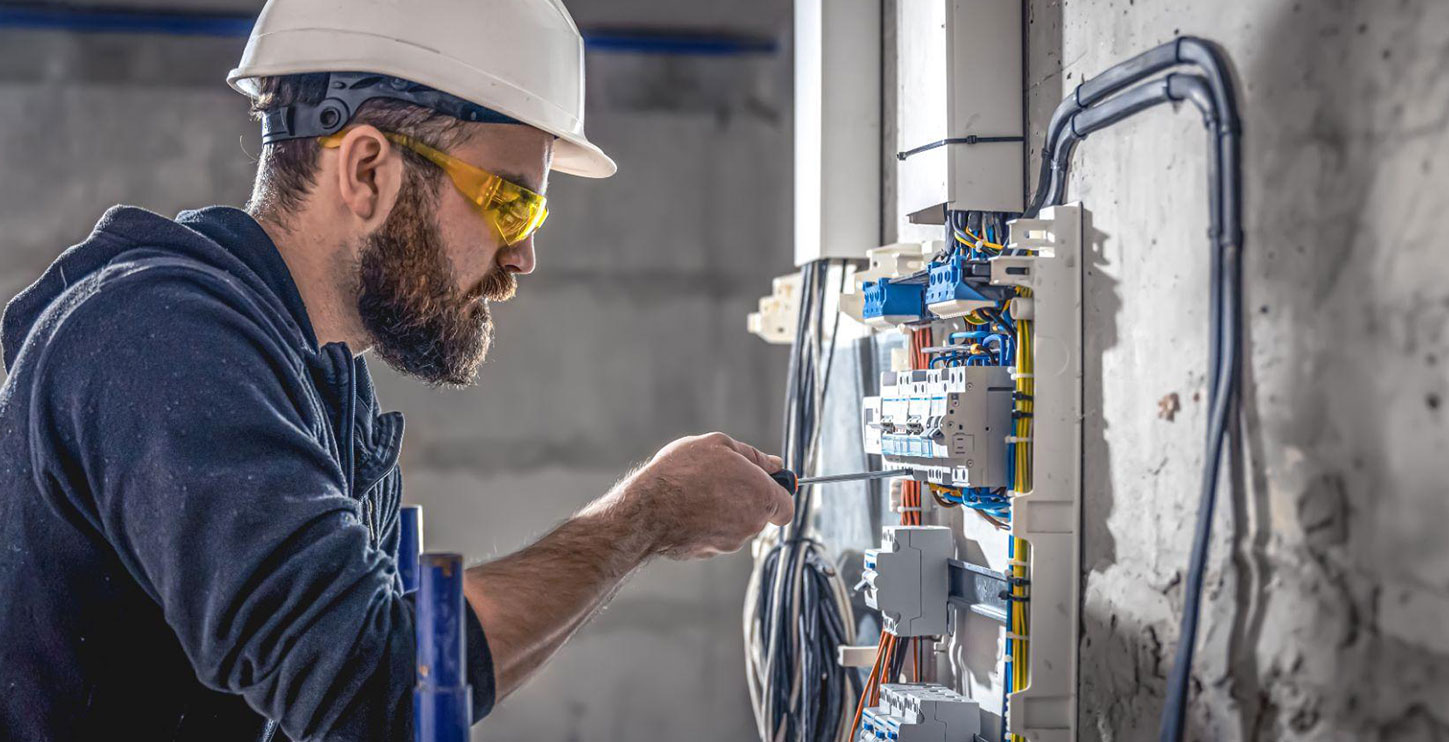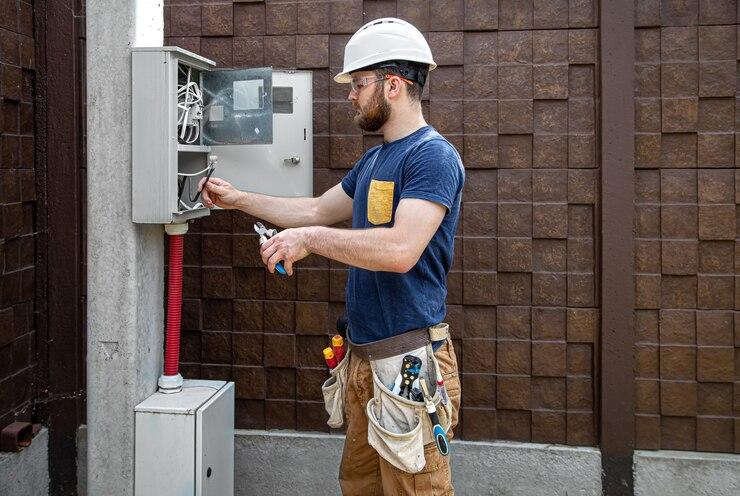5 potential issues with electric ovens + troubleshooting tips
It can be unpleasant to find your electric oven is not working just before you cook something. Since your oven is one of the most essential appliances in your kitchen, you should know how to fix it and when to call a professional for oven repairs.
Most things that often go wrong with electric stoves are easy to fix, but some require external assistance. Don’t worry about how you’re going to fix your oven. Below is an essential guide to electric stove repairs.
How does an electric oven work?
Whether your electric oven has radiant or conventional coils, it can be helpful to understand how a range works before trying to troubleshoot it. Each heating element is connected to its switch. When you turn the switch to a desired temperature, electric current moves through the heating element and starts to warm up. Once the oven reaches the correct temperature, the switch turns off. It will keep turning the electrical current on and off to maintain the temperature.What can go wrong with an electric oven?
Even the best cook can’t deal with a problematic oven. When it isn’t working correctly, it can burn or undercook food. The reason can be anything from an electric oven component to electrical wiring. Discover some common issues and learn how make oven repairs:
Table of Contents
Toggle






